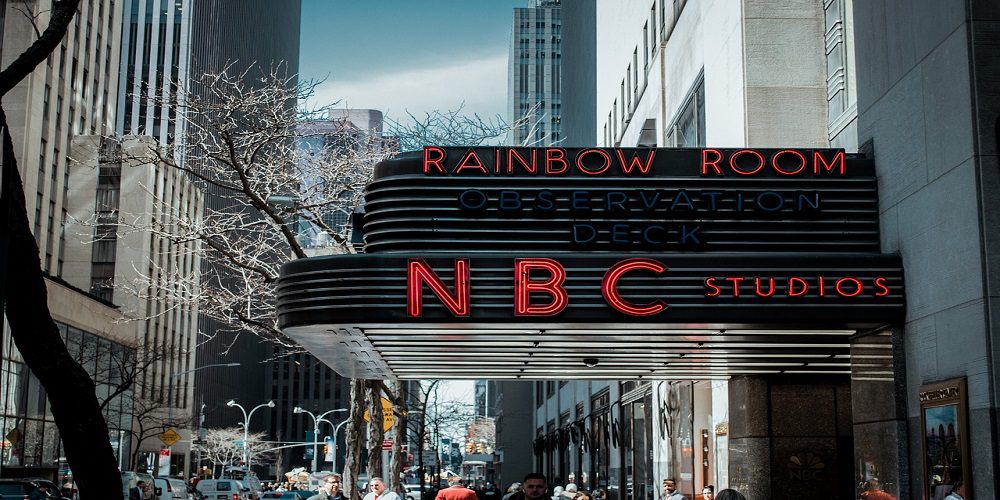Introduction
Are you tired of the same old advertising strategies that seem to fall flat? Are you looking for a powerful and effective way to reach your target audience? Look no further than radio advertising! In this blog post, we are going to unveil the incredible power of radio advertising and explore its advantages and disadvantages.
Introduction to Radio Advertising
Radio advertising has been a popular form of marketing since the early 1920s, when commercial radio stations first started broadcasting. Despite the emergence of newer forms of advertising, such as television and digital media, radio remains a powerful tool for businesses to reach their target audience. In this section, we will explore the basics of radio advertising and its effectiveness in today’s world.
What is radio advertising?
Radio advertising is a form of promotion in which businesses pay for airtime on radio stations to promote their products or services. It involves creating an audio advertisement that will be played during specific time slots throughout the day. These advertisements can range from short 15-second spots to longer 60-second ads, depending on the budget and goals of the advertiser.
Advantages of radio advertising:
Radio advertising has been a popular form of marketing for decades, and its effectiveness has stood the test of time. Despite the rise of digital media, radio continues to be a powerful medium for businesses to reach their target audience. In this section, we will explore some of the top advantages of radio advertising and why it should be considered an essential component of your overall marketing strategy.
1. Wide Reach and Targeting Capabilities:
One of the major advantages of radio advertising is its wide reach. According to recent statistics, radio reaches over 90% of Americans weekly, making it one of the most accessible mediums for advertisers (source: Nielsen). This high reach allows businesses to target a large audience with their message without having to spend a fortune.
Moreover, with advancements in technology, radio stations now offer highly targeted advertising options based on demographics such as age, gender, income level, and even interests. This allows businesses to tailor their messages specifically for their target market, increasing their chances of reaching potential customers.
2. Cost-Effective:
Compared to other forms of traditional media, such as television or print ads, radio advertising is relatively affordable. The cost varies depending on factors like time slot and frequency but generally falls within a reasonable budget range for small and medium-sized businesses.
Radio commercials can also be produced quickly and at a lower cost compared to TV or print ads, which require more resources and time. Additionally, many radio stations offer discounted rates for long-term contracts or package deals that can make it even more cost-effective for businesses.
3. High Frequency and Repetition:
Radio advertising is highly effective in creating top-of-mind awareness due to its high frequency and repetition. Unlike other forms of advertising, radio commercials are played multiple times throughout the day, increasing the chances of your target audience hearing your message.
Moreover, people tend to listen to the radio while engaging in other activities, such as driving or working, making it more likely for them to hear your ad repeatedly. This constant exposure can help build brand recognition and ultimately lead to increased sales.
4. Flexibility and Timeliness:
Radio advertising offers businesses a high level of flexibility and timeliness in terms of creating and airing ads. With shorter production times compared to other mediums, businesses can quickly create and air ads in response to market trends or current events.
This also allows businesses to test different versions of their ad or make changes based on customer feedback without having to commit to a long-term campaign. This flexibility can be crucial for small businesses with limited resources looking to test the waters before investing in larger campaigns.
5. Targeting local markets:
For businesses looking to reach a specific geographical area, radio advertising can be an excellent option. Many local radio stations have loyal listeners within their community, making it an effective way to reach potential customers in a specific location.
Additionally, radio stations often partner with local events and organizations, giving businesses the opportunity to sponsor or advertise at these events and connect with their target audience on a more personal level.
Disadvantages of radio advertising:
While radio advertising has many benefits, there are also some potential disadvantages that businesses should consider before investing in this form of advertising. In this section, we will discuss the main disadvantages of radio advertising and how they may impact a business’s marketing strategy.
1. Limited Targeting Options:
One major disadvantage of radio advertising is its limited targeting options. Unlike digital platforms such as social media or search engines, radio does not offer advanced targeting capabilities based on demographics, interests, or behavior. This means that businesses cannot tailor their message to specific audiences, which can result in less effective ad campaigns and a lower return on investment.
2. Lack of Visual Element:
Radio is an audio-only medium, meaning that there is no visual element to support the advertisement. This can be a challenge for businesses trying to convey complex information or showcase their products visually. Without any visuals to capture the attention of listeners, it can be difficult for an ad to stand out and make a lasting impression.
3. Difficulty measuring effectiveness:
Another disadvantage of radio advertising is the difficulty in measuring its effectiveness accurately. Unlike digital advertisements, where clicks and conversions can be easily tracked, it is challenging to measure how many people have heard a particular ad on the radio and their response to it. This lack of data makes it challenging for businesses to analyze the success of their campaigns and make necessary adjustments.
4. High Production Costs:
Creating a high-quality audio advertisement for radio requires professional voice actors, sound engineers, and access to recording studios, all of which come at a high cost. This can be a significant barrier for small businesses with limited budgets.
5. Short Lifespan:
Radio advertisements have a short lifespan, as they are only aired for a specific period or during certain times of the day. Unlike digital ads that can run continuously, radio ads have limited exposure and may not reach certain target audiences who listen at different times or days.
6. Lack of Flexibility:
Once an ad is recorded and scheduled to air, it cannot be changed or updated easily. This lack of flexibility can be problematic if there are any changes in the business’s marketing strategy or offerings.
Conclusion
While radio advertising has some potential disadvantages, it remains an effective and popular form of advertising for many businesses. It offers wide reach, low cost, and high credibility with listeners, making it a valuable addition to a comprehensive marketing strategy. However, businesses should carefully consider their target audience and overall objectives before investing in radio advertising to ensure they are reaching the right people and getting the best return on investment.



































